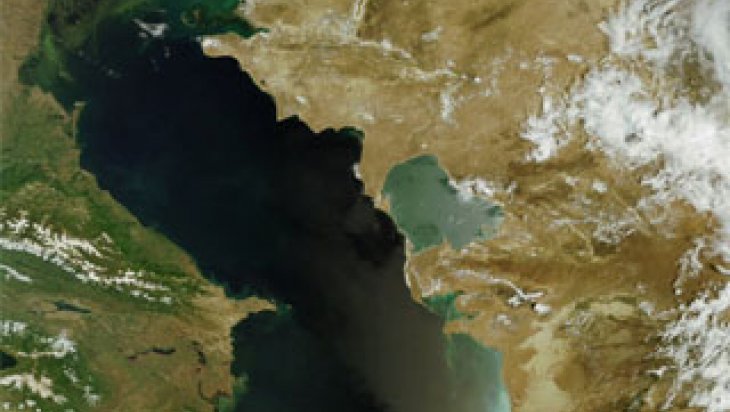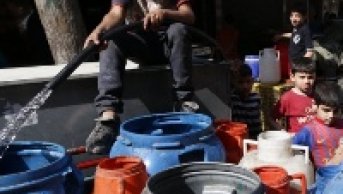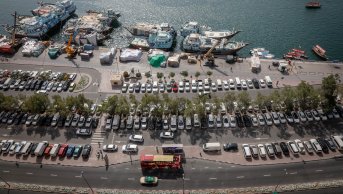Iran Shelves the Caspian Sea Water Transfer Project

Iran has been facing a problem in meeting the water demand of its population for a long time. Which is primarily caused by the factors such as: substantial increase in the population growth rate; decrease of the average annual rainfall; rising temperature; man-made water pollution and natural contamination of water resources. In Iran, 92 percent of the water resources is used for irrigation, and conventional irrigation methods cause to a great deal of water loss. Water resources are not evenly distributed across Iran, and they do not meet the water demand in densely-populated areas. Therefore, Iran has been carrying out an inter-basin water transfer within its borders for some 25 years. While the transferred water meets the water demand of urban areas, it is heavily used in food production as well. Even though Iran asserted that the inter-basin water transfer projects would not be implemented anymore in the recent years, the inter-basin water transfers were back on the agenda both to meet the rising water demand of provinces in the country and also for the plans to save Lake Urmia during the presidency of Ahmadinejad.
On April 16th, 2012, Iran announced that they launched a project with an objective to desalinate Caspian seawater and to convey it to the central areas of Iran in need of water. Within the framework of the project which cost 800 million dollars, it was planned to desalinate Caspian water and to use it for drinking and irrigation purposes. In the first stage of the project, it is envisaged to have 200 million cubic meters of water drawn from the Caspian Sea on average per year. The ultimate goal of the project is to transfer 500 million cubic meters of water annually to the Iranian central plateau and Kavir Desert through a 500-kilometer-long pipeline. It is stated that within the scope of the project, firstly Simman, and then Yazd and Kerman, will have the water irrigated through their territories on to Sari County in Mazandaran province. It is aimed to contribute to development of the country through this project which is expected to be completed by 2016. The project was criticized by riparian countries and environmentalists. While environmentalists considered that the project was far from being scientific and applicable, they also asserted that the cost of the water transfer would be quite high. Besides, it was worried that water desalination systems would add 32 million tons of salt to the Caspian Sea water, and transferring annually 200 million cubic meters of water from the sea would cause to an an ecological disaster. Last week, Iran announced they shelved the project. It is believed that the project criticized by both riparian countries and environmentalists was shelved within the framework of the “National Water Conservation Plan” of which President Rouhani laid the foundations on October 30th, 2013. The plan which aims to reorganize water resources involves reevaluating water-related projects. President Rouhani stated in his pre-elections promises that saving Lake Urmia, which is of a major environmental problem, would be one of his top priorities; and after being elected as President, he established a working group to deal with the issue of saving Lake Urmia.
Although it is stated that new plan of the management of water resources must be changed and dam constructions described as old method remains insufficient to solve the water issue; within the framework of the national water conservation action plan, inter-basin water transfer projects, water transfer from Aras river to save Lake Urmia, diversion of Karun river project are still maintained. Besides, construction of dams being an important tool of storing and transferring water still continues.







